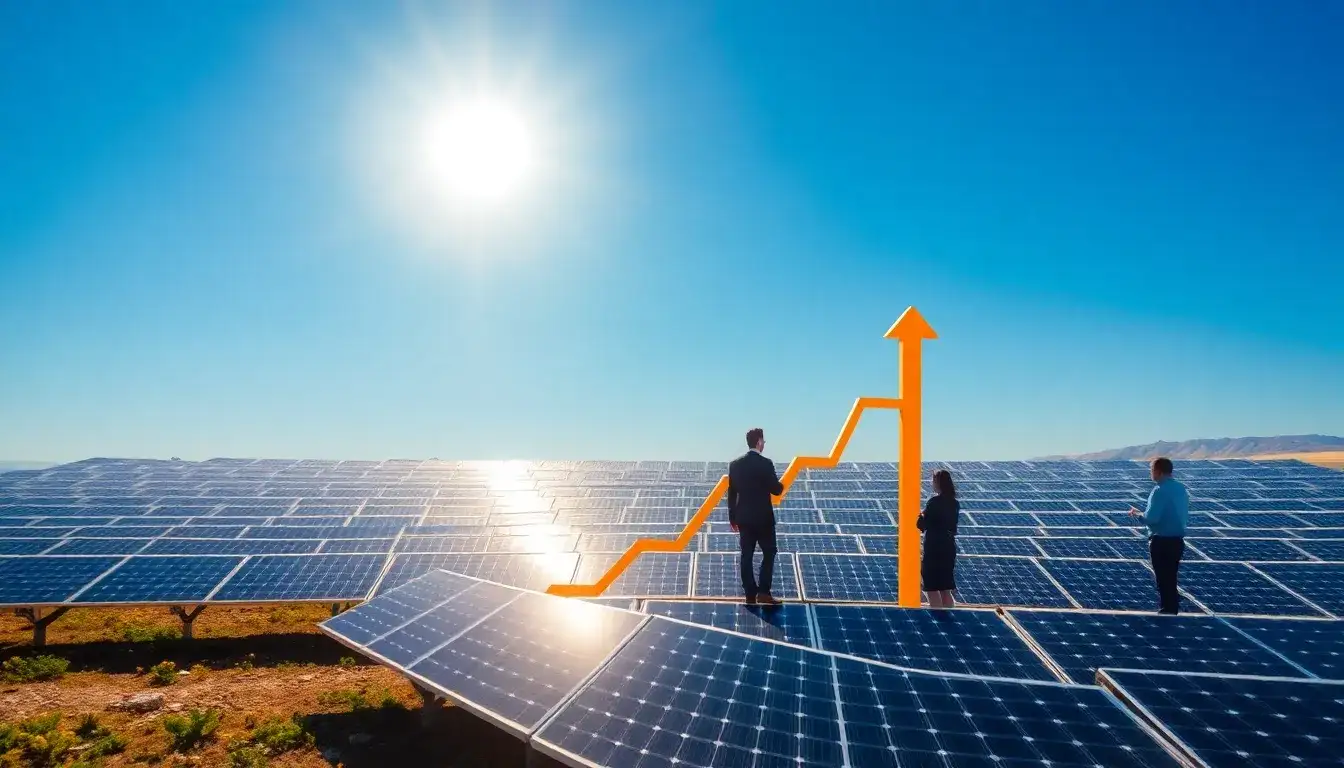
Forecast for the Price of Solar Products Shows a Peak in Q2
On March 28, 2025, it was reported that the price of solar products from the leading manufacturer is projected to reach a high point in the second quarter. Since March, the price for photovoltaic modules has shown a consistent upward trend due to rising demand in the market. The inventory at various manufacturers has remained stable, and the supply chain for battery components has tightened, causing prices to rise for five consecutive weeks.
According to data from SMM, prices for different types of TOPCon modules, including 182, 210, and 210R models, have recently reached about $0.757 per watt, with some variations. Industry experts believe that the prices for these solar products are likely to continue rising.
In the first two months of the year, the demand for solar products surged, driven by the increasing shift towards renewable energy. By the end of April, projects set to commence will likely receive substantial support from the government, enhancing the appeal of solar investments.
Starting from May 31, new solar products will enter the market. The forecast anticipates a strong demand for these products, further stabilizing pricing in the solar energy sector. A new mechanism for pricing renewable energy will be established, focusing on sustainability and cost-effectiveness.
Based on the latest assessments, the demand for solar products in China is expected to peak in the next few months, with a potential rise in prices. The first half of 2024 is projected to see significant activity in the solar market, especially in distribution channels.
As of March, the overall prices for solar products are rebounding, with companies reporting increased orders. A total of 125 manufacturers have reported positive demand trends, indicating a robust market recovery.
In conclusion, the solar energy industry is poised for significant growth in the upcoming quarters, driven by favorable policies and a strong demand for renewable energy solutions. This sector is expected to be a key player in China’s energy transition strategy.







